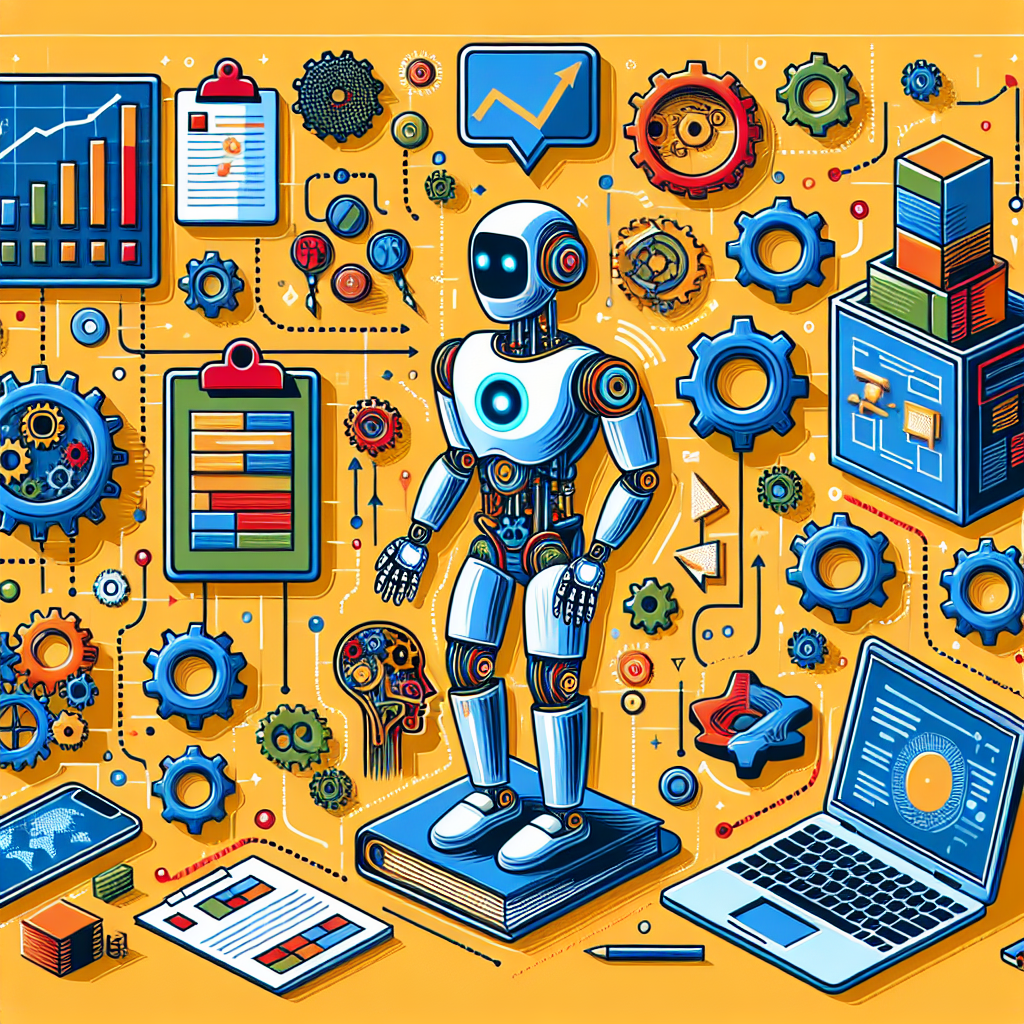AI and the Risk of Job Displacement: How Will We Adapt?
In recent years, the rapid advancement of artificial intelligence (AI) technology has sparked fears of widespread job displacement. As machines become increasingly capable of performing tasks that were once the exclusive domain of humans, many workers worry about the future of their careers. However, while the rise of AI does pose a risk of job displacement, it also presents new opportunities for innovation and growth. In this article, we will explore the potential impact of AI on the workforce and discuss how we can adapt to the changing landscape of work.
The Impact of AI on the Workforce
AI technology has already begun to transform the way we work in a variety of industries. From automated customer service chatbots to self-driving cars, AI is revolutionizing the way businesses operate. While these advancements have the potential to make processes more efficient and cost-effective, they also have the potential to eliminate jobs that were previously performed by humans.
According to a report by the McKinsey Global Institute, up to 800 million jobs worldwide could be automated by 2030. This represents a significant portion of the global workforce, and many workers are understandably concerned about the impact of AI on their livelihoods. However, it is important to remember that while some jobs may be displaced by AI, new opportunities will also be created as a result of technological advancements.
Adapting to the Changing Landscape of Work
As AI technology continues to evolve, it is essential for workers to adapt to the changing landscape of work in order to remain competitive in the job market. Here are some strategies for adapting to the rise of AI:
1. Embrace Lifelong Learning: In order to stay relevant in a rapidly changing job market, workers must be willing to continuously update their skills and knowledge. This may involve pursuing further education or training in areas that are in high demand, such as data science, machine learning, or programming.
2. Develop Soft Skills: While AI technology is adept at performing technical tasks, there are certain skills that are uniquely human and cannot be replicated by machines. These soft skills, such as creativity, emotional intelligence, and critical thinking, will become increasingly valuable in the workplace as AI technology becomes more prevalent.
3. Embrace Remote Work: The rise of AI technology has made remote work more feasible than ever before. By embracing remote work opportunities, workers can take advantage of flexible schedules and reduced commuting time, while also gaining access to a broader range of job opportunities.
4. Seek Opportunities for Upskilling: Many companies are investing in upskilling programs to help their employees adapt to the changing demands of the workforce. By taking advantage of these opportunities, workers can acquire new skills and knowledge that will make them more valuable in the job market.
FAQs
Q: Will AI technology completely replace human workers?
A: While AI technology has the potential to automate many tasks that were previously performed by humans, it is unlikely that machines will completely replace human workers. Instead, AI is more likely to augment human capabilities and create new opportunities for innovation and growth.
Q: What industries are most at risk of job displacement due to AI technology?
A: Industries that rely heavily on routine or repetitive tasks, such as manufacturing, transportation, and customer service, are most at risk of job displacement due to AI technology. However, new opportunities will also be created in industries that require human skills, such as healthcare, education, and creative industries.
Q: How can workers prepare for the impact of AI on the workforce?
A: Workers can prepare for the impact of AI on the workforce by embracing lifelong learning, developing soft skills, embracing remote work opportunities, and seeking opportunities for upskilling. By staying adaptable and proactive, workers can navigate the changing landscape of work and remain competitive in the job market.
In conclusion, the rise of AI technology presents both challenges and opportunities for the workforce. While job displacement is a valid concern, workers can adapt to the changing landscape of work by embracing lifelong learning, developing soft skills, embracing remote work opportunities, and seeking opportunities for upskilling. By staying proactive and adaptable, workers can navigate the impact of AI on the workforce and thrive in the new era of work.

